Pe-uch-ano
1994
by Eric Whollem
mixed media on paper
Private collection
copyright by the artist
CLICK ON IMAGE TO ENLARGE
The Story of Pe-uch-ano
The Konkow Valley Band of Maidu website has an old Maidu legend
which I once read in another version in Stephen Power's book, 'The Tribes
of California.' I refer to the story of Pe-uch-ano (also spelled Puchano or
Piuchinnuh). See the Maidu.com link below for the complete story. This
apparently is a story that was transcribed at the Round Valley Reservation
in the 19th century.
Concow is varyingly spelled 'Konkow.' Concow literally translates as
'Beautiful Parklands.' The Concow Maidu Indians are the Native American
inhabitants of Butte County, California.
The Konkow Valley Band of Maidu are a tribal group currently attempting
to gain federal recognition. Konkow Valley, their tribal homeland, was
devastated by a huge forest fire back in the summer of 2008; but they are
still tireless in their efforts to regain their cultural heritage. I used to live
up in Konkow Valley (or Concow); and my cabin was one of the 200 homes
destroyed in the fire, so I can relate to their feelings in this matter. I lost
some of my art and my truck. Other artists who did not have their works
in storage did not fare as well as I; I was lucky, indeed.
According to the beliefs of the Nome Cult of Konkow Valley, fire is a
destructive force sent by God. Wonomi is one spelling given in some
records for the name of God. Another spelling is Wahno-no-pem. I do
not know enough Maidu grammar to comment on these linguistic
variations.
Everyone in the modern unincorporated 'town' of Concow knew the
late Granny Lou Salzarulo, who was a friend of Byron Beavers, one
of the last native speakers of the Maidu language. Granny Lou's son,
Tony, also knew Byron as a boy, and has a great knowledge of local
Native American lore. I first met Granny Lou at a Pow Wow in Oroville,
where she was one of my 'students' in a workshop I presented on
how to make paints from natural earth pigments.
THE MAIDU SPIRITUAL HERITAGE
The story of Pe-uch-ano as found on the Maidu.com website relates how
the Maidu in their wanderings had gone far from We-lu-da, their ancestral
homeland. Through the prayers and leadership of Pe-uch-ano and his wife
Um-wa-na-ta they crossed over the Trinity River and finally returned to
We-lu-da. The Trinity is called Ani-ka-to in the Koncow Maidu language.
Ani-ka-to is the Konkow Maidu 'River Jordan.'
The Konkow Valley people also believe that a Christ-like teacher of wisdom
named Yane-ka-num-ka-la came at one time to teach the people. He was
later followed by two men from the cold reaches of the north--the realm
of Yu-dic-na. These latter two men were also spiritual teachers of the
Koncow.
In the teachings of the Nome Cult of Konkow Valley 'Sahm' is the name
given to the great destructive fire sent by the Great Spirit to punish
mankind for wrongdoings. Pe-uch-ano and his wife were legendarily two
lone survivors of Sahm, which anciently came to destroy the land. The
children of Pe-uch-ano and Um-wa-na-ta became the progenitors of the
renewed Koncow people. The children of Pe-uch-ano and his wife took
them at their last request to see the flowerland of We-lu-da beyond the
Trinity River.
The Maidu apparently dwelled not far from Mt. Shasta in the old days;
other legends of the Maidu also speak of Shasta, which is called 'Kom'
in the Maidu language. Was the realm of Yu-dic-na related to the snowy
peak of Mt. Shasta? An interesting question.
The Trinity River is far north of Butte County; there is evidence that the
Maidu people may have had a nomadic history, having travelled through
various parts of California. Some speculate that they are related to the
Reed Boat Builders, who are a group distantly linked to the Mayans of
the far south. Other speculations say that they are involved in migrations
through Utah. Others accounts say they moved down from Oregon. The
Reed Boat People are referred to as the Penutians. Other tribal groups,
such as the Hopi Indians, have a whole mythos built around the subject
of migration, which to them is a sacred manifestation of the cosmic order
of life.
Despite the varying views as to the distant origins of the People, there is
no dispute as to their Butte County heritage, which is well established
as a part of California history. The Mooretown site has been dated at
3500 years of continuous habitation, for example.
THE TROUBLESOME MATTER OF TRIBAL RECOGNITION
Currently there are a few federally recognized Maidu groups in Butte
County: the Tyme of Berry Creek, the Mooretown Rancheria, the
Mechoopda Rancheria of Chico, and the Enterprise Rancheria. There
are a lot of other people of Maidu blood who are not federally
recognized in Butte County. Government regulations only allow Indians
whose ancestors were signed up as rancheria members to officially
belong to a tribal group that is allowed to operate a gaming business.
Up on Mooretown Ridge, the Feather Falls area, there are a lot of
disenfranchised Native Americans, who despite their degree of Indian
blood, have no right to join some of the established rancherias.
On the points mentioned here many people have written to their
Congressman to ask for equal civil rights for all peoples of Native
American ancestry. Many have thought that it is not logical to punish
people for the 'omissions' of their grandparents.
Konkow Valley was especically hard hit by the devastating 'Maidu
Trail of Tears,' when a huge group of Native Americans of Butte
County were forced to move to a reservation near Covalo in the Coast
Range back in the 19th century. Those were hard times, indeed--a
blot on California history.
The Mechoopda Rancheria folks have done a splendid spiritual video,
--calling for forgiveness and forebearance. The video deals with the
Maidu Trail of Tears. You can find it on Youtube. It is time to think
positively about better times ahead and make affirmations of hope.
MY PAINTING OF PE-UCH-ANO
I painted this image of Pe-uch-ano back in the 1990's. Pe-uch-ano is a
revered culture hero of the Maidu. His story is one of spiritual integrity.
This painting utilizes resist technique involving plastic emulsion, India
ink, gouache and parafin--on paper. An art collector from Oakland,
California, purchased the painting from me some years ago.
I do not know the collector's name so as to be able to record the provenance
of the painting here, as my records were lost in 2008 in the cleansing fires
of what is called 'Sahm' by the Nome Cult of Konkow Valley.
The Nome Religion is a division of the Kuksu Religion generally practiced
among the Concow Maidu of Butte County. See my links below to find my
posts on the subject of the Kuksu Dream Society.
_____________
See the Story of Pe-uch-ano on this link:
My posts on the Maidu may be found here:
Those interested in my Abstract Art may find my posts here:
If the reader has a general interest in Mythology view my posts on the subject:
To view the Maidu Trail of Tears video, check out this link:
See my posts about Kuksu here:
*
MYTHOGRAPHIC ART
Mixed media painting
Mythology
Maidu Indians
Abstract Art
Figurative Abstraction
*
Figurative Abstraction
*
















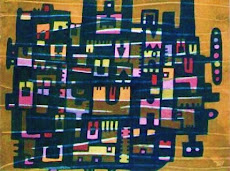


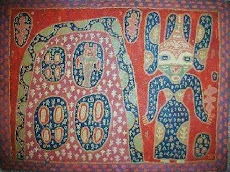






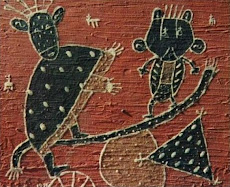


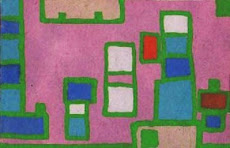




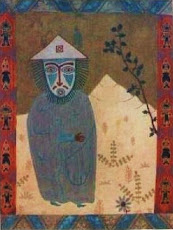



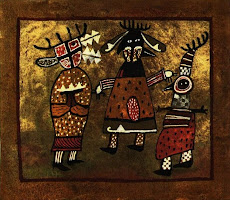






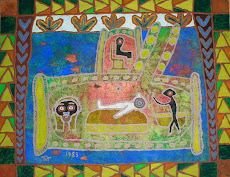




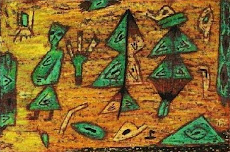
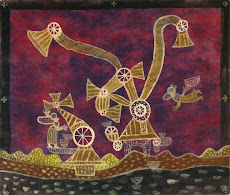






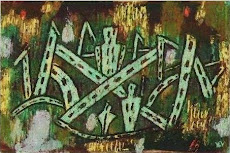
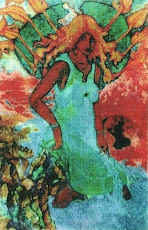

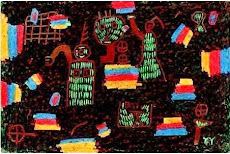
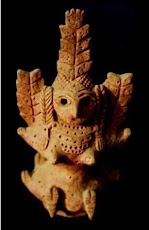
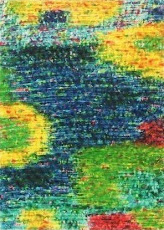




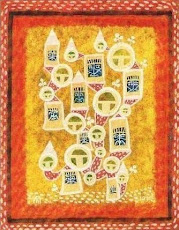
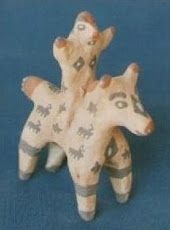
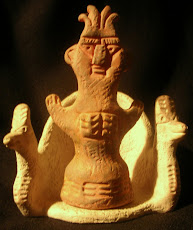
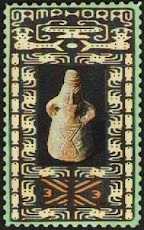
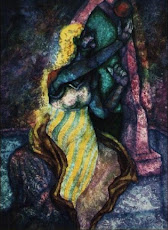
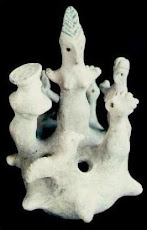

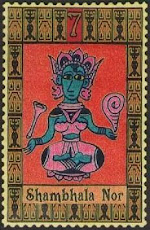

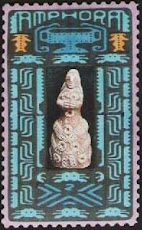
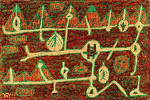

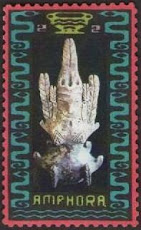



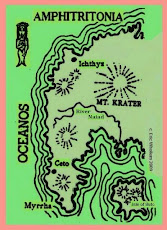
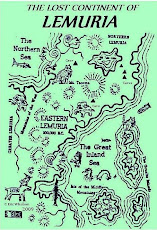
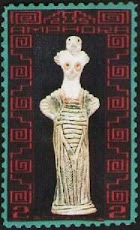



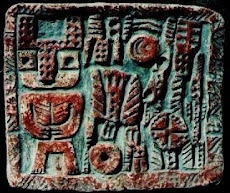

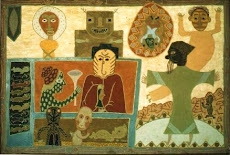





No comments:
Post a Comment
Inquiries, reactions, observations, favorites, commentary. Share with others.